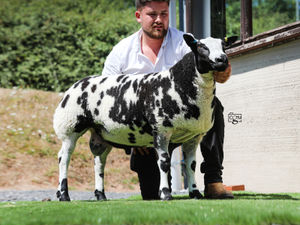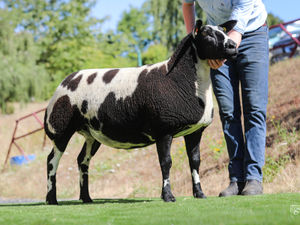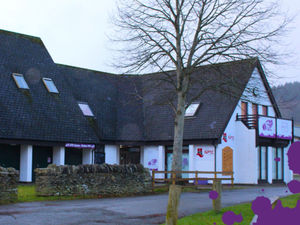Pay attention to planting conditions with stewardship mixes
Whether a stewardship mix is being planted as part of a Countryside Stewardship agreement, the Glastir scheme in Wales or if a farm is trialling the Sustainable Farming Incentive (SFI); to achieve the full benefits attention to detail is key.
As with cash crops, stewardship mixes such as herbal leys, wildflower margins and bird feed mixes require careful planning and preparation ahead of planting.
The location needs to be carefully considered. Wildflower mixes tend to thrive on less fertile sites, as grasses and weeds will establish too quickly in a nutrient-rich soil and smother the wildflowers.
I also recommend analysing the soil fertility and understanding the crop requirements pre-planting. Wild bird seed mixes containing cereals tend to have higher nutrient requirements and may need fertiliser to be applied. This will support the production of grain later in the season, to provide a vital food source for farmland birds during the winter months. Soil analysis prior to sowing is also good practice.
For any environmental mix, thorough preparation of the seed bed is needed to ensure it is free from weeds, clean and cultivated to a fine tilth. With extra time, it’s possible to encourage a flush of weeds and spray these off ahead of drilling the mix, to reduce competition as the mix establishes.
Under stewardship, these mixes need to be cut at certain times, so think ahead to ensure the site will be accessible at the time it needs to be cut. Most stewardship mixes have a recommended sowing time from April to May, but we’re all aware that conditions vary hugely from one spring to the next. Soil temperatures need to be around 8°C, as late frosts can prevent the establishment of legumes, brassica, herbs and wildflowers, so it’s often worth holding off if you’re expecting a cold snap.
For anyone who is unsure where to start, the first step is to speak to your seed supplier to discuss options and how to get the most out of environmental stewardship mixes.
Amy Watts is environmental seeds product manager at Wynnstay



